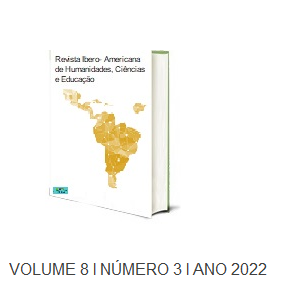THE MOTHER TONGUE AND MATHEMATICS TEACHING: AN ANALYSIS IN THE LIGHT OF THE BNCC
DOI:
https://doi.org/10.51891/rease.v8i3.4613Keywords:
BNCC. Mother Tongue and Mathematics. Mathematics EducationAbstract
In this work we aim to analyze the National Common Curricular Base of Mathematics (2018) of elementary school II, in order to highlight the similarities and complementarities of the characteristics of the Mother Tongue in the process of teaching Mathematics from the perspective of Machado (2011). The research is qualitative and to explain and discuss the results, three categories were created based on Machado (2011), namely: Reality representation system; Syntactic and semantic (technical and meaning) and the complementarity between Mother Tongue and Mathematics. The results point to the relationship of some skills proposed by the BNCC with the previously mentioned categories, highlighting skills from the final years of elementary school II that enhance the impregnation between the Mother Tongue and the issues relevant to the understanding of the objects of knowledge of Mathematics. We consider that the BNCC of Mathematics offers methodological and pedagogical resources that interrelate mathematical knowledge to the movements of understanding and acquisition of the Mother Tongue.
Downloads
Downloads
Published
How to Cite
Issue
Section
Categories
License
Atribuição CC BY

